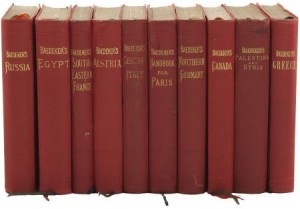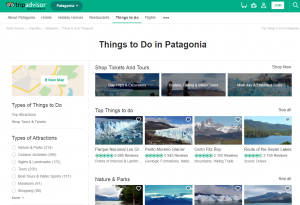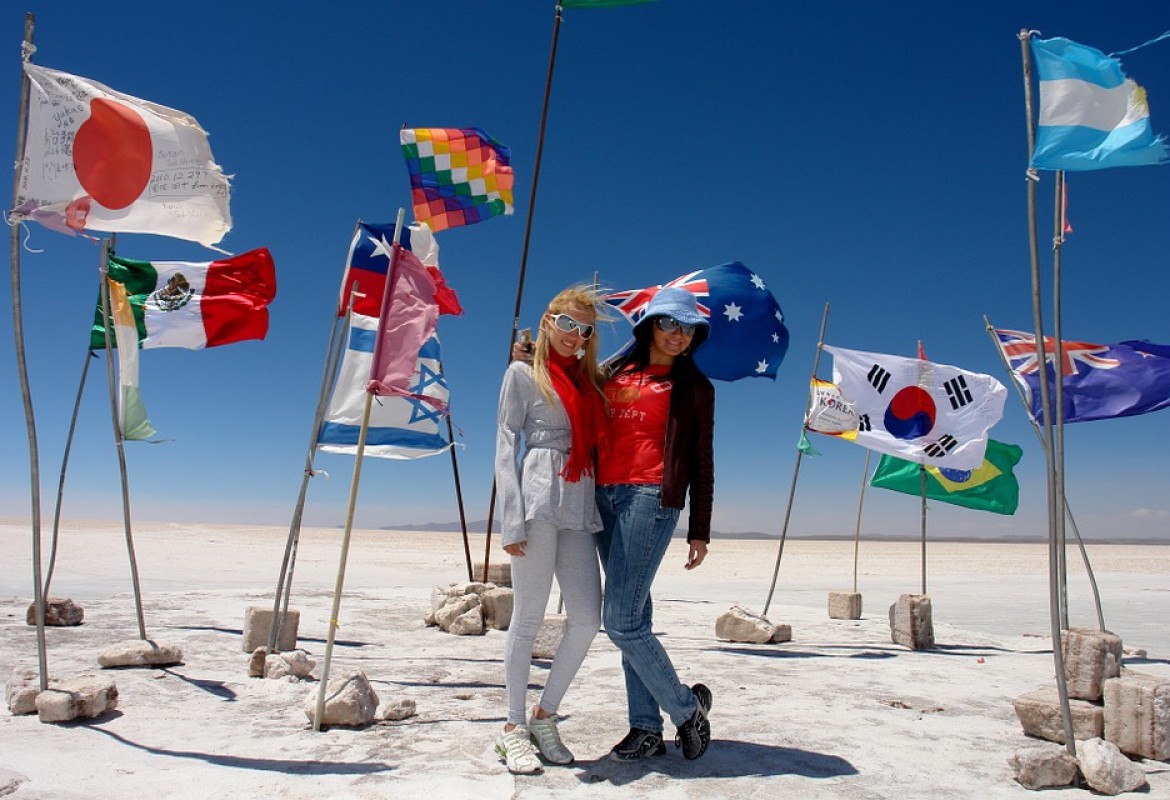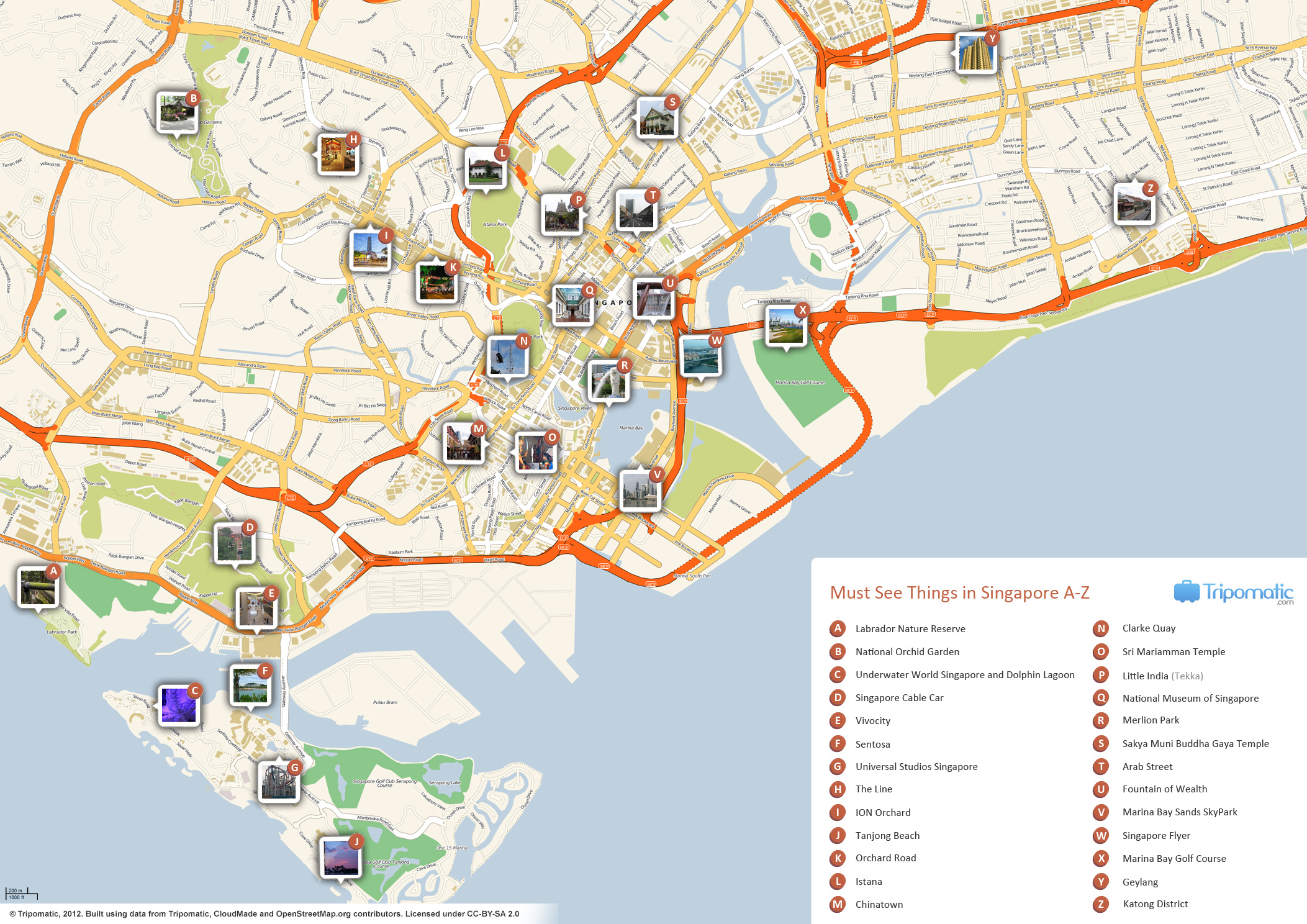Written by Dr Debbie Lisle
Benign bibles of tourism?
The intensification of globalization during the 1990s enabled the global tourism industry to diversify, expand and penetrate areas on the globe not previously hooked into the dominant Western tourist circuit. One could now engage in different kinds of tourism (e.g. backpacking, food tourism, city breaks, cruises, health retreats, gap years) in places once thought to be ‘off the beaten path’ (e.g. Borneo, Patagonia, the Bronx). Unsurprisingly, a whole economy of new objects, expertise and infrastructures accompanied this expansion, including travel guides.
While travel guides have been around in some form or another for a very long time, the modern version we recognize today was born with the Baedeker Guides in the 19th century. Though we have multiple versions of the travel guide today – including digital versions, GPS driven apps and user-generated websites – the essential purpose remains the same. These are ordering texts. They provide an explanatory taxonomy of unfamiliar landscapes, cultures and peoples, and they provide expert knowledge and judgement about what visitors should see and experience during their stay. In this sense, they also orient visitors in strange surroundings in ways that make the foreign seem familiar and available, but in an unthreatening way.


All this seems uncontroversial. What could be wrong with a portable text that helps tourists navigate foreign space more efficiently so they can get the most out of their holidays? Who could be against an object that so helpfully channels tourists into specific holiday circuits – whether this includes museums, art galleries and 5* restaurants, or backpacking hostels, bars and beach parties?
I want to argue that sequestered within these supposedly benign ‘bibles’ of tourism are problematic constructions of ‘foreign-ness’ that help to reproduce the wider inequalities and systematic exploitation of the global tourism industry. These may indeed be texts of ordering, but they are also texts of privilege, power and exclusion. They reproduce a history of Empire and colonial conquest that the international order is built upon – but they do so in the everyday registers of leisure, vacation and fun. In other words, they smuggle in global politics where we least expect it, which makes it very difficult to contest.
Crafting a reflexive global traveller
How do we travel in difficult places? As good critical students, we might be willing to question the stark inequalities generated by late capitalism – the ones that result in collapsed garment factories, burgeoning refugee populations, and resource depletion – but not on our holidays. This is where we escape, thank-you very much, not where we confront the difficulties of the modern world. What better place, then, to secure the logics of privilege and exploitation that enable some subjects to ignore the suffering of others?
The trick of these supposedly benign texts is that they normalize those inequalities through egalitarian claims of global inclusiveness. Travel guides turn every place in the world into a potential destination, and every person into a potential host (with ‘rewarding’ employment in the world’s biggest industry), or a potential guest who can go anywhere they want. In this way, travel guides enable tourism to deliver the cosmopolitan dream to everyone on the planet. It is not just that everyone can be a ‘world citizen’ through tourism and travel, but also that the encounters facilitated by travel guides will lead to greater understanding between people, and therefore peace. Except, of course, they don’t. Travel guides disaggregate the world through inherited colonial power relations that are profoundly unequal, but they hide that inheritance through categories that are supposedly ‘neutral’ and ‘universal’.

Visitors to the Salar de Uyuni salt flats in Bolivia
Travel guides claim to be speaking to tourists, travellers and adventurers, but they figure these subjects first and foremost as consumers. We can never underestimate tourism’s capacity to commodify anything in the world and turn it into an object to be consumed. Travel guides facilitate this commodification by pre-emptively showing visitors what they should be seeing, enjoying, experiencing, visiting and considering. In other words, they are templates of consumption.
The problem is that by figuring users primarily as consumers, travel guides hide both the historical privilege of that identity and the enormous infrastructure of strategically invisible labour that goes into sustaining it. Travel guides are for people with legal and gainful employment, an entitled holiday period, and enough disposable income saved up to travel. But these conditions are not universal. What about the vast populations in the world with no access to legal employment, or whose subordinate position within that market means their work is underpaid, insecure and precarious? Do they go on holidays? Do they use guidebooks? Isn’t it ironic that a global tourism industry catering to holiday-makers is, in part, sustained by an invisible labour market that is not entitled to a holiday?
Fixing the position of the visited
Unlike those who uncritically support the tourism industry because it brings economic growth, I want to argue that it also entrenches deep structural inequalities through the unequal logic of the host and guest. There are privileged guests using guidebooks to navigate and consume foreign cultures, and there are populations of hosts that facilitate those adventures but are not entitled to those experiences themselves.
The way these populations are represented in guidebooks gives us some insight into who occupies the position of power here. While the tourist-consumer embodies a flexible agency expressed through multiple potential identities (e.g. the backpacker, flâneur, museum goer, art appreciator, adventurer), those ‘Others’ encountered in the place being visited are restricted to one of two categories.
The first category rarely makes it into the guidebook: this is tourism’s invisible labour force that keeps the whole process going backstage (e.g. cleaning hotel rooms, washing dishes, cooking ‘authentic’ food, cutting grass, cleaning pools). The second category is a highly visible presence in travel guides: the reductive and often stereotyped symbol of a particular culture on display for visitors (e.g. the exotic hula dancer, the snooty French waiter, the ‘native’ performer). Within travel guides, these two categories are marked by a highly restrictive formation of ‘host’ agency that does not operate on its own terms, but rather, is dictated by the desires of the privileged guest.
A hula dancer performing for tourists in Hawaii. Image courtesy of Ray_LAC.
‘Knowing’ your destination
A similar logic of power emerges in the way travel guides represent foreign spaces and histories. Landscapes must be differentiated from an assumed home where the domestic banalities of everyday life reign. In other words, when you are on holiday, you want to see exceptional landscapes, spaces, markers, attractions, vistas. Whatever it is, it has to be more than home (e.g. scarier, more beautiful, emptier, more intense, taller, quieter, more colourful). It is therefore important to ask what silent account of home is driving travel guides and enabling them to create narratives of spatial differentiation.
Once again, these logics of differentiation are not equal: they feed into those wider relations of inequality and injustice sustained by the tourism industry. Similarly, travel guides always plot the history of a foreign space along an assumed and progressive trajectory of modernity. A place expresses the guidebook user’s own culture when it is represented as modern and civilized (large global capitals like London and New York are the epitome of this), whereas ‘Other’ places are plotted somewhere back in the queue of modernity (being depicted as exotic, backwards, rural, closer to nature and so on).
Representations of foreign people, culture, landscape and history in travel guidebooks reproduce a very familiar imaginary of Empire. Privileged figures from conquering civilizations – in this case Western tourists – occupy the ‘master-of-all-I-survey’ position that plots all difference in a subordinated register. In this way, travel guides are an everyday object that tap us into a vast political economy of tourism that is constituted by (and continues to reproduce) deeply entrenched inequalities. They do this by hiding their politics – by offering themselves as banal, inconsequential and ultimately ‘helpful’ orientations to elsewhere. Our job is to always include these everyday objects – especially the ones we think are the least political – in our efforts to identify, expose and contest the structural inequalities unleashed by the global economy.

Travel Guide Resources
Hall, C. M. and Tucker, H. eds. (2004) Tourism and Postcolonialism: Contested Discourses, Identities and Representations. London and New York: Routledge.
Lisle, D. (2016) Holidays in the Danger Zone: Entanglements of War and Tourism. Minneapolis: University of Minnesota Press.
Mosedale, J., ed.(2011). Political Economy and Tourism: A Critical Perspective. Oxon and New York: Routledge.
Bianchi, R. (2006) ‘Tourism and the Globalisation of Fear: Analysing the Politics of Risk and (in)Security in Global Travel’, Tourism and Hospitality Research, 7 (1), pp. 64-74.
Davies M. (2016) ‘Everyday Life as Critique: Revisiting the Everyday in IPE with Henri Lefebvre and Postcolonialism, International Political Sociology, 10 (1), pp. 22-38.
Lisle, D. (2010) ‘Joyless Cosmopolitans: The Moral Economy of Ethical Tourism’ in J. Best and M. Paterson (eds.) Cultural Political Economy. Routledge: RIPE Series in Global Political Economy.


